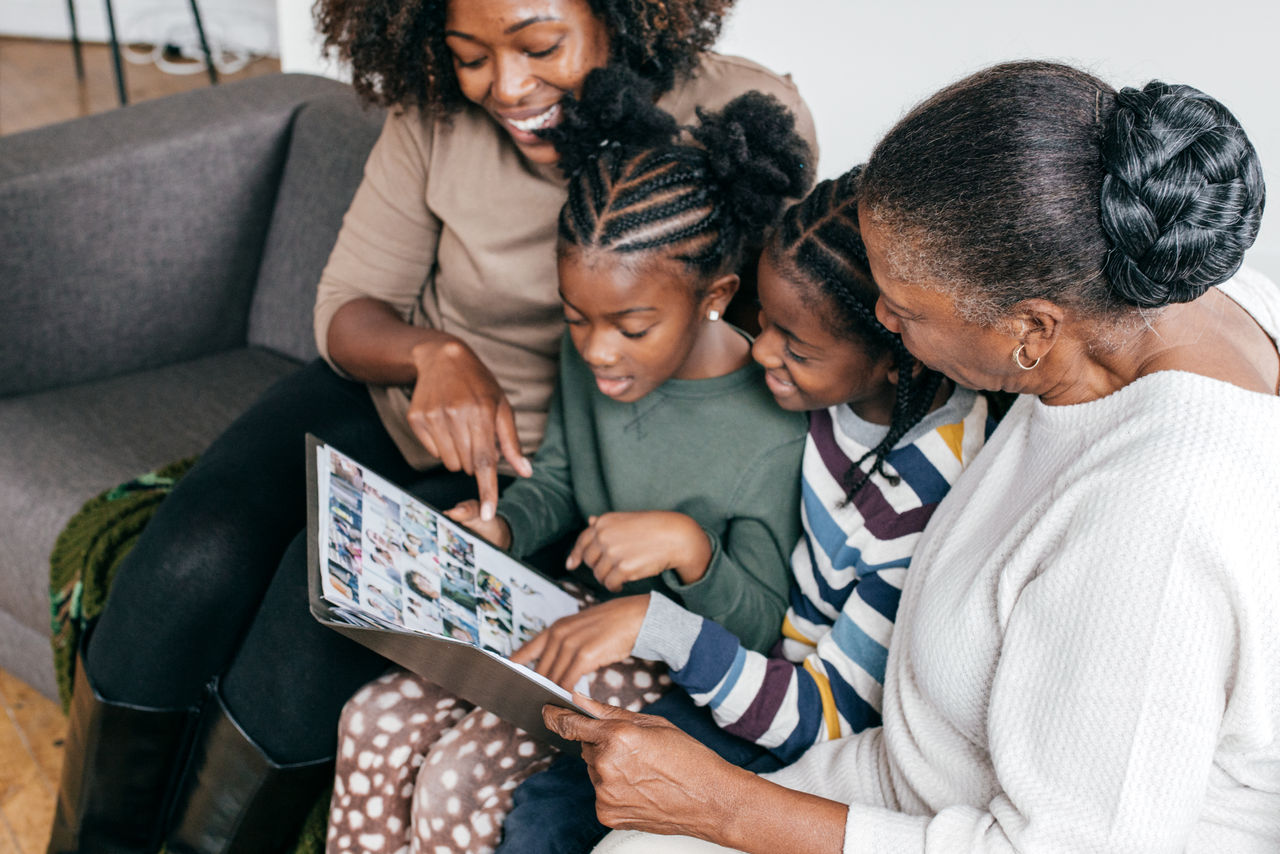For young children, learning to read is a critical step in their educational journeys, as literacy helps build cognitive abilities and language proficiency and has a direct impact on later academic achievement.
While there are no shortcuts to early literacy, there are steps parents can take to promote the development of children’s reading abilities. Dr. Lauren Loquasto, senior vice president and chief academic officer at The Goddard School, and Steve Metzger, award-winning author of more than 70 children’s books, share this guidance for parents.
Get Started Early
It’s never too early to start reading with children. In fact, they respond to being read to prenatally. One of the best ways to encourage early literacy is modeling the act of reading. Young children love to imitate, and if they see their parents reading, they are more likely to want to read themselves. Instead of scrolling on your phone or watching television while your children play, pick up a book or magazine.
Use Conversation to Build Literacy
To help build their vocabularies, consistently engage children in conversation. Literacy is more than reading and writing; it’s also listening and speaking. Children understand words before they can articulate them, so don’t be discouraged if it feels like a one-way conversation.
Expose Children to More Than Books
Make your home environment print-rich, as the more exposure children have to letters and words, the better. For example, keep magnetic letters and words on the fridge, put labels on your toy containers and position books and magazines in different rooms. Also remember reading isn’t limited to books. Words are everywhere, from street signs to restaurant menus. Take advantage of every opportunity to connect with your children through words throughout your day.
Let Them Take the Lead
Children engage with books in different, developmentally appropriate ways. Some children quickly flip through pages or only look at pictures while others might make up stories or their own words or songs. Some only want to read the same book over and over and some want to read a new book every time. Embrace and encourage their interest in books, no matter how they choose to use them.
Establish a Routine
Parents of young children often have busy and hectic lives, so it isn’t always easy to find time to read. Consistency is key, so be intentional about setting aside time for reading every day – perhaps it’s after dinner or before bedtime – and stick to it.
Select the Right Books
Helping young children choose books is an important part of their learning-to-read process. Developmental appropriateness is critical. For infants and toddlers, start with nursery rhymes, which are mini-stories that grasp children’s attention through repetition, rhythm and rhyming. Visuals are also important because they aren’t yet pulling words off the page. For emerging readers, choose books that align with their interests. Focus on books that are printed with text that goes from left to right and top to bottom.
Expose children to both fiction and non-fiction books. Non-fiction provides real-world knowledge children crave and helps them make sense of what they read in fictional stories. For example, the learnings about the life cycle of a bat they read in “Bat Loves the Night,” a non-fiction book, can help them better understand what’s happening in “Stellaluna,” a fiction book about a young bat.
If you’re in doubt about book choices, consult with a teacher or librarian, who can make recommendations based on your children’s interests and reading levels.
Foster a Love of Reading
Children’s early exposure to books can set the stage for a lifetime of reading. Make reading a time for discovery. Take children to a library or bookstore and encourage them to explore and find books on their own. Display genuine interest in their selections and use books as a tool for engaging and connecting with them. Don’t pressure children to learn how to read. Accept, validate and encourage them as they progress on their unique literacy journeys.
To watch a webinar recording featuring Loquasto and Metzger providing additional literacy guidance and recommendations, click here.




